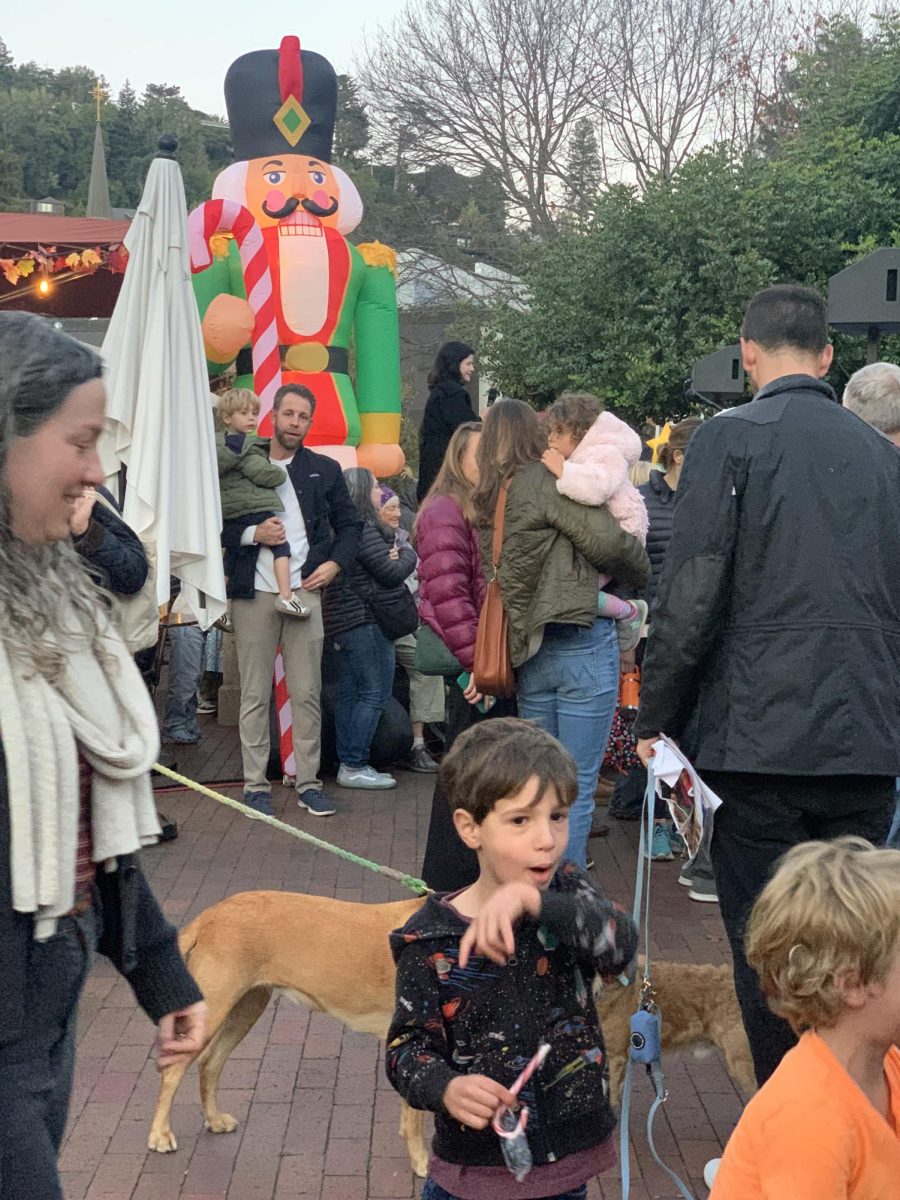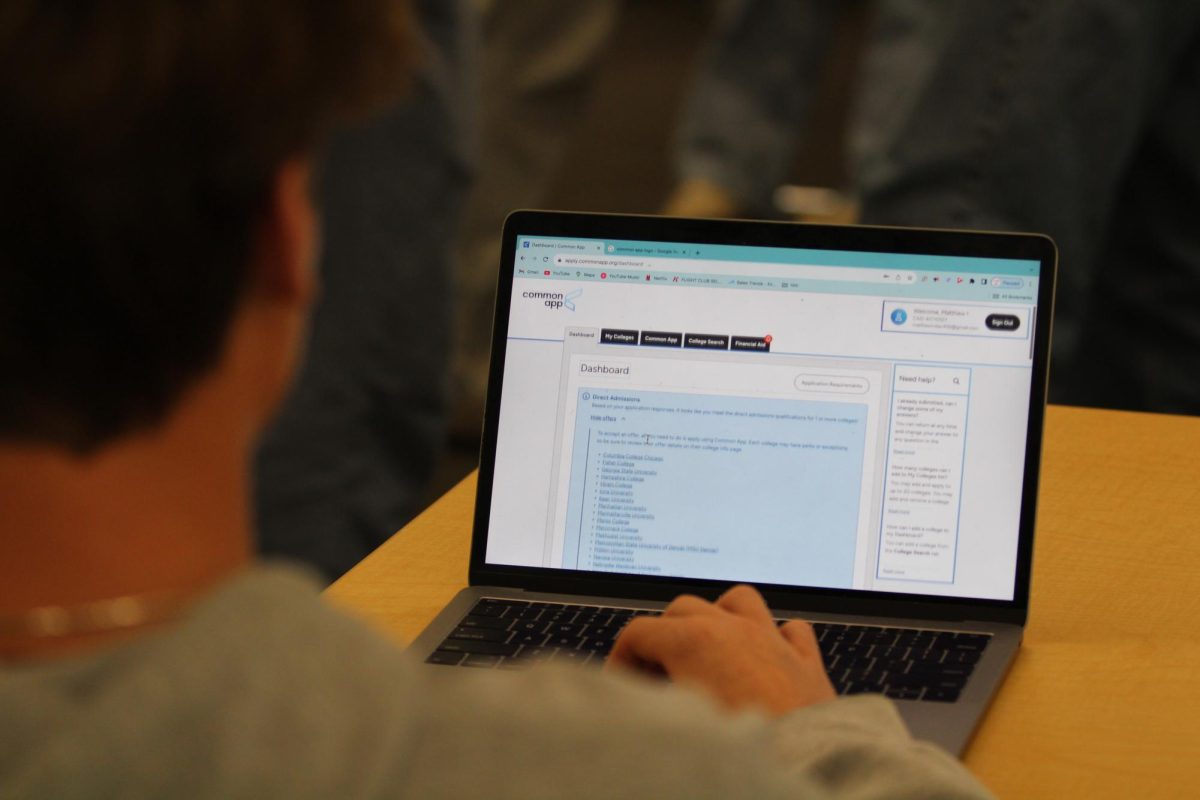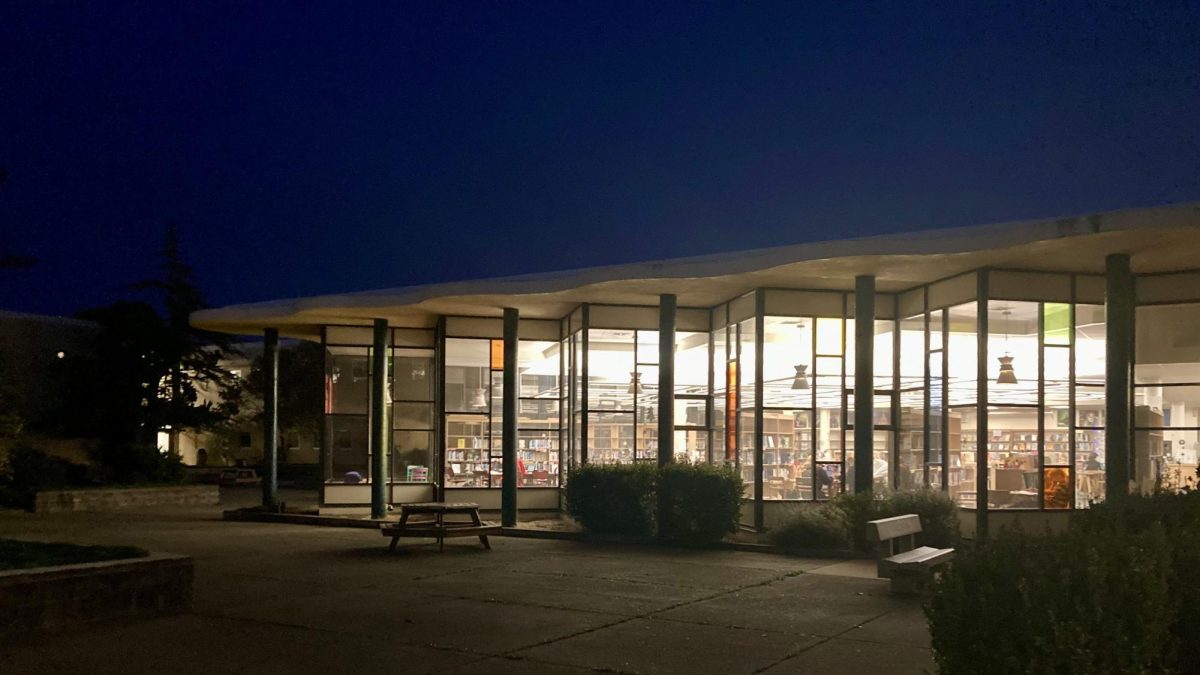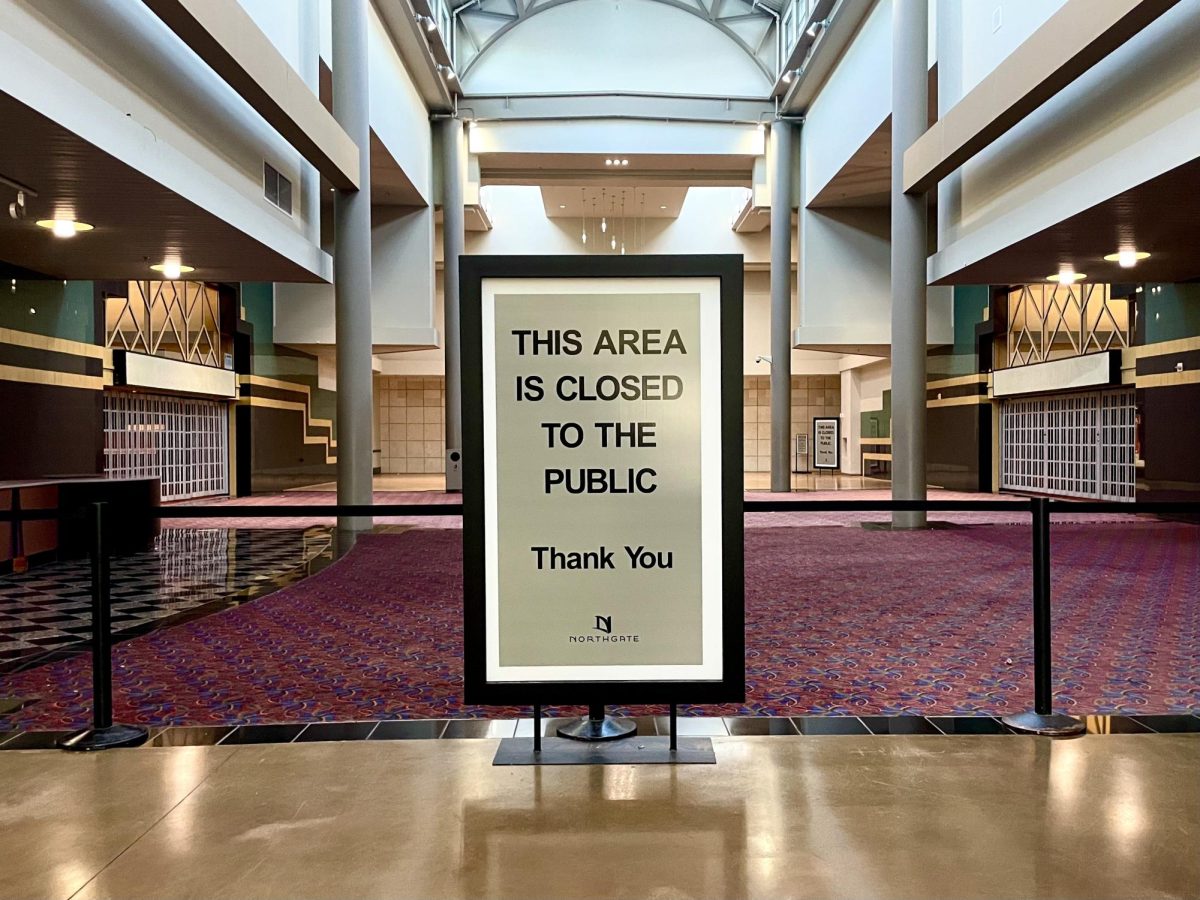
One of Redwood’s newest clubs, Mix It Up, offers a chance for students to feel welcome at Redwood no matter their race or ethnicity.
The club was started by Alyssia Cruz, an intern at Redwood who does one-on-one counseling in the Redwood Wellness Center and is a student in the UC Berkeley Master of Social Welfare program. The club, founded in February, aims to bring students of different ethnicities together in an environment that encourages open discussions and provides a platform for students to share their feelings.
Growing up in San Diego, Cruz attended an ethnically diverse high school; she was shocked by the racially homogeneous culture at Redwood when she first arrived for the 2016-2017 school year.
A March Bark survey showed that 73 percent of students self-reported as white, proving the lack of diversity at Redwood.
While developing the idea for Mix It Up, Cruz asked fellow staff members about their experiences with minority students at Redwood.
“The vibe that I was given was, ‘Oh yeah, there’s not that many minorities, but we accept everybody here,’” Cruz said.
She asked minority students in one-on-one Wellness Center counseling sessions if the club was something that they would be interested in. Cruz also wanted to help students of mixed backgrounds who might be torn between the several different cultural sides of themselves.
Mix It Up tackles conversations that otherwise wouldn’t occur in the classroom by thriving on input from its students, according to Cruz.
The open discussions held in Mix It Up attract students like junior Grace McNally, who has attended almost every meeting since the club was founded.
McNally believes that the club is effective at bringing students together because they are able to have casual discussions outside of class. The club is set up in a giant circle during lunches where everyone can see each other and have an open conversation with one another. She thinks that this aspect of the club makes students more likely to share their ideas and connect on a more personal level with each other.
When discussions become more personal and awkward silences start to rise, Cruz has developed ways of getting past the occasional pauses.
“If a certain topic isn’t working we may switch to something a little bit more in pairs instead of as a whole group because it can be pretty intimidating to share,” Cruz said.
Cruz said that club members are able to give recommendations and insight into the flow and feel of the club, but most meetings run in a way that gives power to students through control of conversation.
Although every meeting has a different set up, conversation is still a large part of what makes the club feel like a small community. The students can voice their opinions on topics such as race, stereotypes and their backgrounds, as well as other important topics of discussion.
One topic discussed in Mix It Up is the frustration minority students can feel when race, cultural practices, and prejudice go ignored in the Redwood community.
“I do like that I get to hear everyone else’s different perspectives on the issues, that I wouldn’t have maybe considered or been aware of before,” said McNally.
Although the club was not started by a student, Cruz will hold elections to nominate a student president for next year.
“My goal is for students to take over the club and continue it once I am no longer here next year,” Cruz said.
The Mix it Up club meets in Room 130 on Thursdays at lunch.





